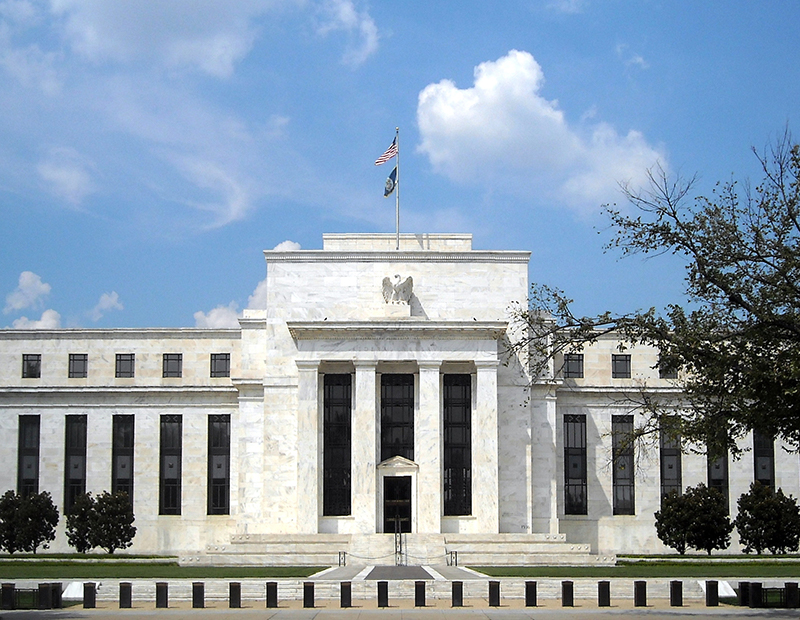Industry Watches as Fed Says No Rate Cut—For Now
The Federal Reserve opened the door to an easing of monetary policy next month, which is good news and bad news for real estate investors.
The U.S. central bank said on Wednesday it would keep the benchmark interest rate within a target range of 2.25 to 2.5 percent, while hinting at the possibility of rate cuts in the future, if the current economic expansion continues to weaken.
The outcome of the two-day meeting of the U.S. Federal Reserve and subsequent press conference by Chairman Jerome Powell was closely watched by market participants, including commercial real estate investors, whose business decisions are affected by borrowing costs.
Traders are now convinced there will be at least one rate cut next month. While the Fed holding firm on interest rates did not come as a surprise, monetary policy may be tighter this year than many observers expected. “The market is ahead of the Fed in terms of the magnitude of rate cuts, yet they interpreted the all-clear for a July cut as good news,” noted Savills Chief Economist Heidi Learner to Commercial Property Executive.
“The market had expected roughly two and a half rate cuts for this year, and at this point, based on the forecasts from the Federal Open Market Committee participants, only two cuts are penciled in for 2019,” Learner added.
Inflation still in check
The split vote by the committee—one official voted to reduce the rate—as well as language indicating that economic growth is flagging suggested to many observers that a rate cut is on the way. Moreover, the Fed acknowledged that its inflation estimate, now at 1.5 percent for the year, is running below its 2 percent objective.
“So long as the other ‘I’ word, inflation, remains in check, the Fed isn’t under great pressure to raise rates,” commented Spencer Levy, chairman of Americas research and senior economic advisor for CBRE.
This will come as good news to many in the commercial real estate industry who are wary of escalating borrowing costs. Industry executives surveyed by Seyfarth Shaw shortly after last December’s quarter-point rate hike identified rising interest rates as their top concern for the year.
On the other hand, rate cuts have the potential to fuel a dangerous asset bubble and could signal economic weakness, which tends to be associated with lower employment and earnings. This could put a damper on growth in real estate income and valuations.
“Obviously the commercial real estate markets don’t like volatility, they don’t like the fact that we’ve been in a late-cycle environment now for several years,” Levy said. “And so I think there’s been a measure of increased caution, certainly among core investors in equity.”
He added: “But what we have seen because of the drop in interest rates on the long end of the curve, is a tremendous refinancing opportunity among borrowers who have had short-term debt. There is greater activity within debt and structured finance.”








You must be logged in to post a comment.